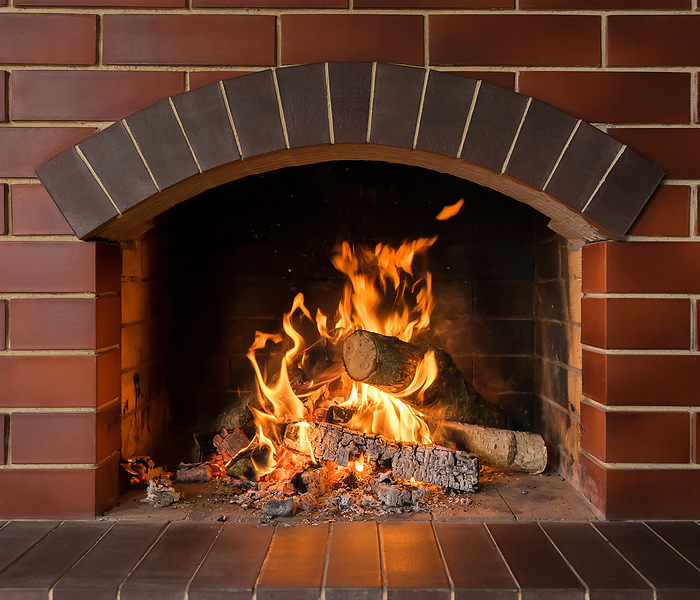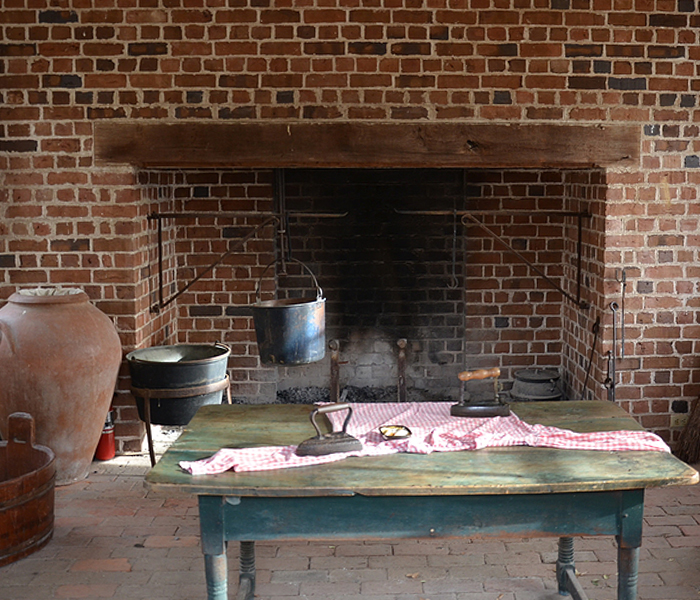What is a Fireplace Lintel?
Are you wondering if the lintel bar above your firebox is necessary? This bar extends over the top of the firebox and supports the front side of the chimney. Many interior designers, contractors, and DIY homeowners are guilty of removing this essential chimney component. While the fireplace lintel might not look important to you, it plays a critical role in protecting your home.
 The fireplace lintel or lintel bar is a horizontal beam that runs across the length of the fireplace and supports the chimney. It typically extends into each side of the wall by about 4 inches. In some cases, it is an arch made of brick or stone that extends over the firebox into the walls. Old homes often have a wooden lintel, while newer homes usually have a lintel made of steel, stone, brick, or concrete. Steel and concrete lintels last the longest.
The fireplace lintel or lintel bar is a horizontal beam that runs across the length of the fireplace and supports the chimney. It typically extends into each side of the wall by about 4 inches. In some cases, it is an arch made of brick or stone that extends over the firebox into the walls. Old homes often have a wooden lintel, while newer homes usually have a lintel made of steel, stone, brick, or concrete. Steel and concrete lintels last the longest.
Why is a Lintel Necessary?
Building codes in most areas require that a fireplace has a lintel. It plays a crucial role in supporting the chimney’s weight and protecting other components from the high temperatures of the fire. Removing it can be a costly mistake.
The primary role of a lintel is structural support. Mortar joints and bricks can deteriorate over time. Without a lintel, the front of your chimney could collapse into the firebox if the masonry weakens. The lintel prevents this. Also, it creates a strong foundation to help your fireplace withstand the vibration of power tools during harsh chimney cleanings.
Another function of the lintel bar is to protect the chimney masonry from the fire’s highest temperatures. While the building materials used for fireplaces are designed to withstand intense temperatures, they can still be broken and damaged from immense heat. The lintel reduces the heat exposure that the rest of the chimney endures. In doing, it extends the chimney’s life and decreases the risk of cracks or other heat damage.
What Can Happen if the Lintel is Removed?
Structural and safety problems caused by removing a lintel won’t show up overnight. What you may notice right away are smoking problems when you use your fireplace. The main reason that designers, contractors, and homeowners remove a lintel is to make the firebox taller. While this may look more appealing, it makes your fireplaces less efficient and more likely to smoke.

Fireplaces are designed with specific dimensions and components to produce an efficient fire that vents properly. If your fireplace isn’t built correctly, it won’t function optimally. Without a lintel, smoke is more likely to flow out into your home instead of venting properly up the chimney.
Before moving forward with a fireplace remodel or new fireplace façade, check with a chimney expert who has been certified by the National Fireplace Institute (NFI). NFI certified chimney technicians know the state and local building codes for fireplaces and chimneys that your contractor may be unaware of. They can inspect the plans to ensure the design is up to code and optimally designed to burn fuel efficiently. The NFI certified chimney technicians at Burlington work with customers throughout Southeast Wisconsin. We have years of experience building custom fireplaces.
